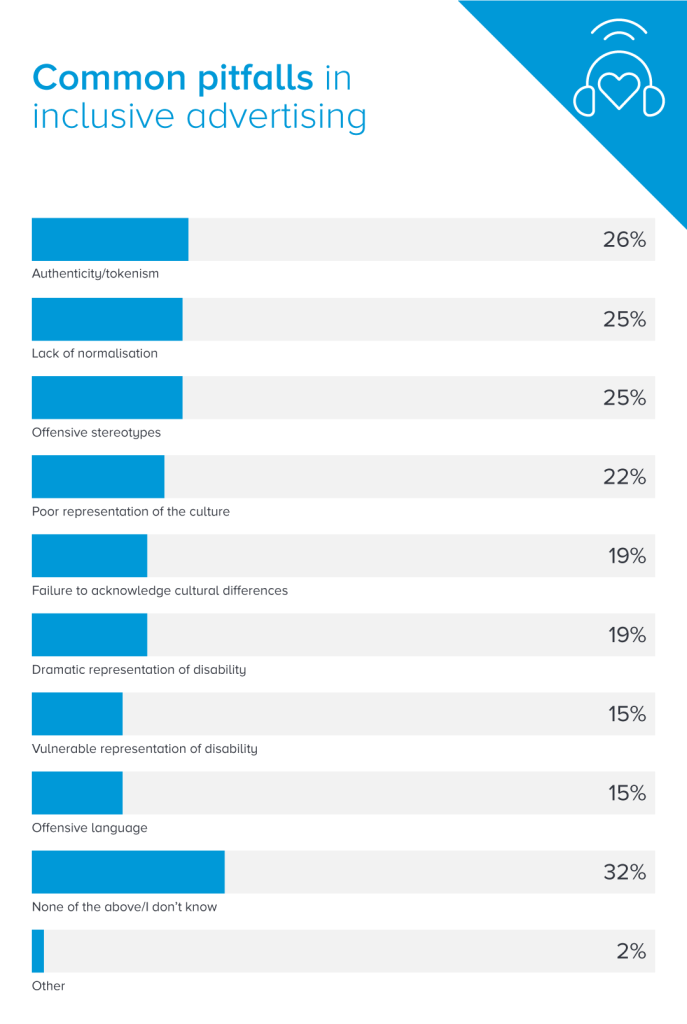Clear Channel UK, a prominent player in the Out of Home (OOH) media and infrastructure sector, has unveiled a new study highlighting the generational divide in attitudes toward diversity and inclusion in advertising. The research, conducted via OnePoll, surveyed 2,000 respondents and revealed a significant disparity between Gen Z and older generations regarding the representation of various demographic groups in media.
According to the study, Gen Z, those aged roughly 18 to 24, are particularly critical of the under-representation of race and ethnicity (42%), people with disabilities (40%), and plus-size models (36%) in advertising. This contrasts sharply with the overall British population, where only 24% believe racial representation needs improvement, and 31% feel the same about disability inclusion.
Clear Channel’s Marketing Director, Ben Hope, emphasized the company’s commitment to fostering inclusive environments. “We strongly believe in creating inclusive environments where everyone feels valued and respected, regardless of their differences,” said Hope. He pointed out that OOH advertising is an effective medium for promoting such inclusivity.
The study also shed light on the broader issues that hamper inclusive advertising. Respondents identified authenticity and tokenism (26%), lack of normalization (25%), offensive stereotypes (25%), and poor cultural representation (22%) as significant problems. Additionally, practical steps were suggested to enhance inclusivity, including simple messaging (38%), clearer layouts (36%), and sensory optimizations such as reducing sounds and brightness (34%).

The research further looked into sensory-friendly shopping experiences, revealing that only 48% of Brits are aware of sensory-friendly shopping hours, with awareness higher among younger generations (59% of 18-24-year-olds and 53% of 25-34-year-olds). Non-binary individuals showed the highest awareness at 83%.
The study highlighted the discomforts faced by shoppers due to overcrowding (61%), loud music (46%), and bright lights (22%). A significant number of neurodivergent individuals (49%) reported that loud music in stores was a major deterrent.
Interestingly, the study found that women are more inclined towards diversity in advertising compared to men. For example, 41% of women expressed a desire to see more older age groups represented, compared to 29% of men. Non-binary respondents emerged as the most inclusive demographic, particularly advocating for the representation of older ages, plus-size models, race and ethnicity, and neurodiversity.
The findings are significant for marketers who aim to resonate with the younger, more inclusive Gen Z audience. As brands strive to remain relevant and relatable, the push for diversity and inclusivity in advertising is becoming increasingly critical. This trend aligns with the broader industry shift towards more authentic and representative media practices.
Clear Channel UK operates over 33,000 advertising sites nationwide and employs more than 600 people across 14 locations. The company continues to push for innovation in media while promoting positive social impact, positioning itself at the forefront of the movement for more inclusive advertising practices.
